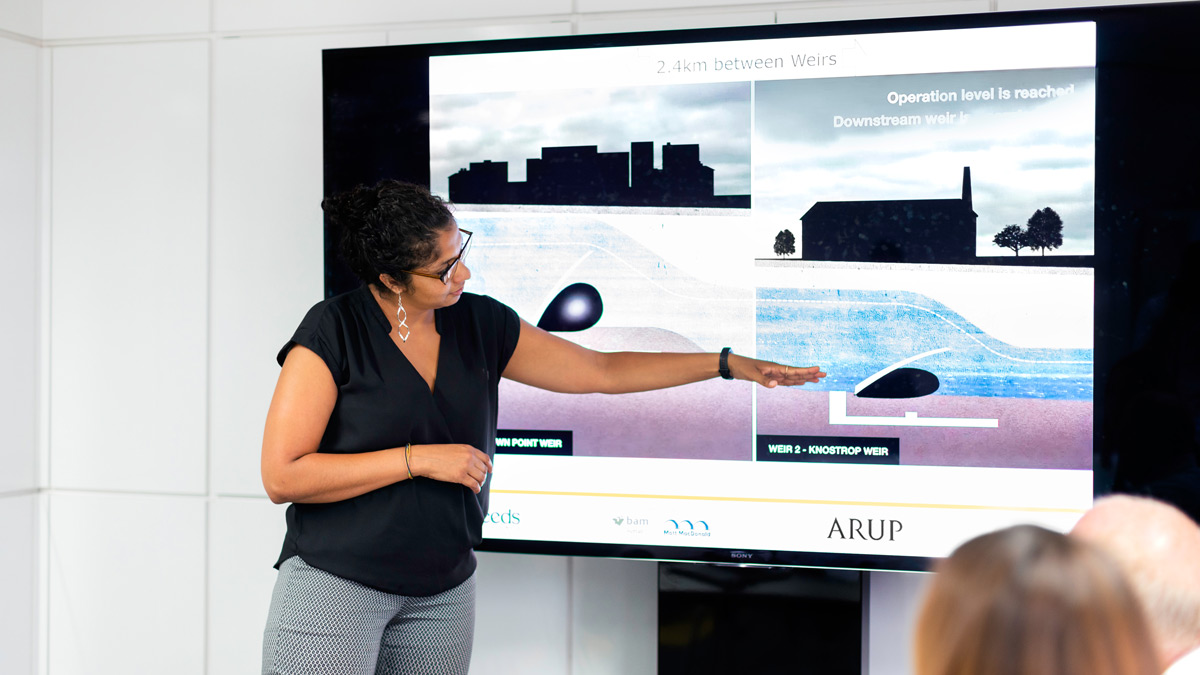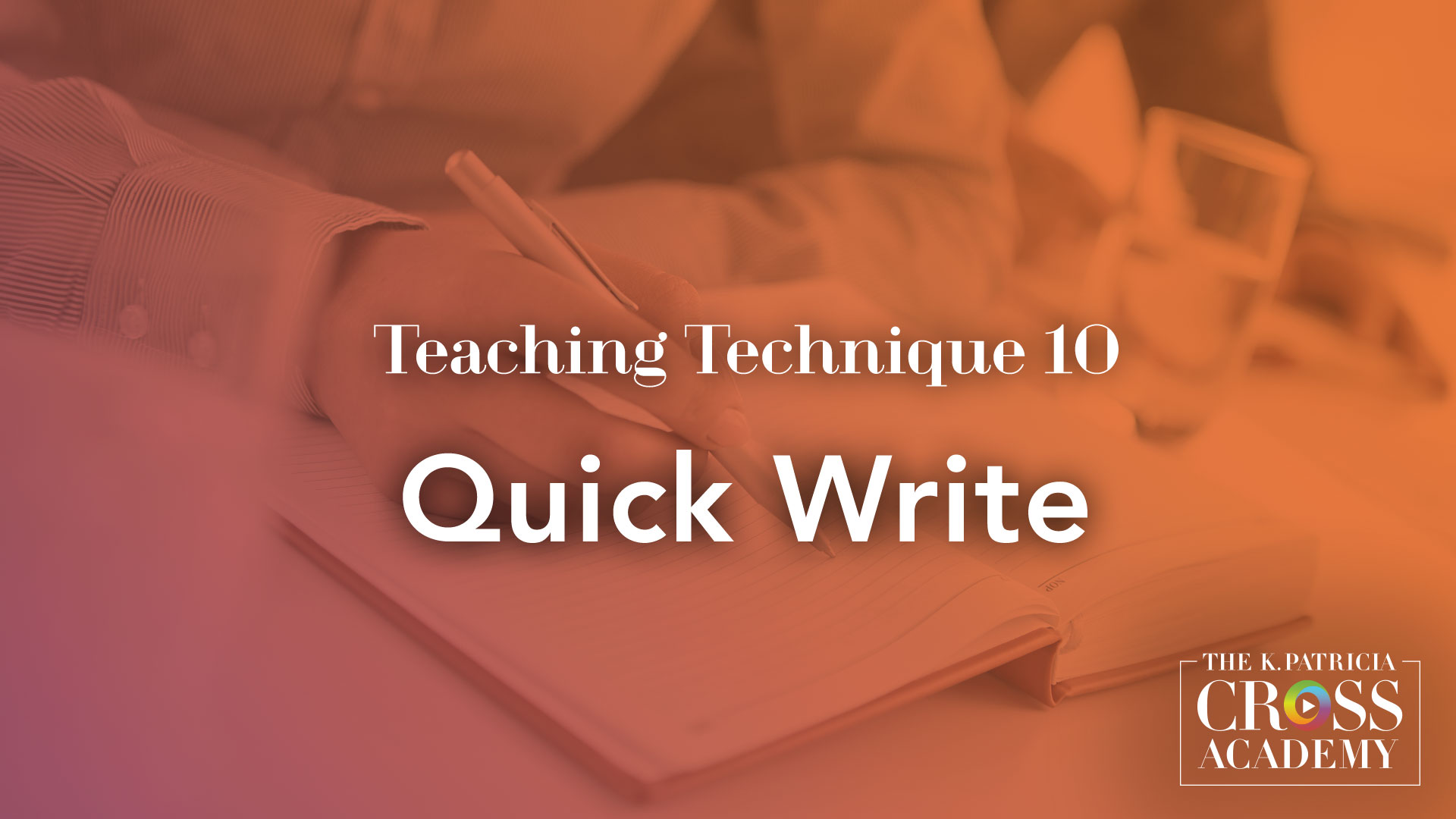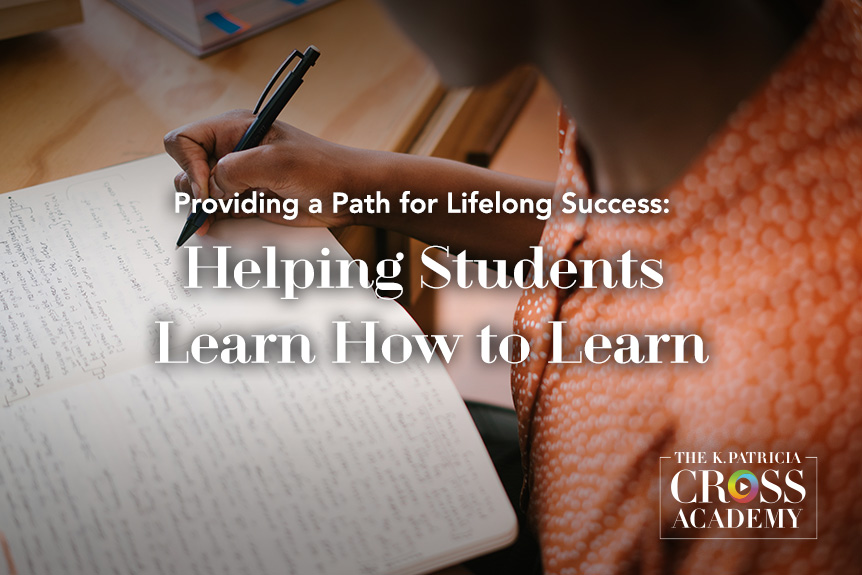
Whether created with PowerPoint, Keynote, Prezi, or another program, slide decks appear to be the current default format for any type of oral presentation. Students also appear to appreciate slide presentations. We teachers are aware that visuals can enhance the experience and comprehension of students as they listen to our lectures, and this knowledge, combined with student expectations, often compels us to create a corresponding slide deck, regardless of whether we want to or not. The disadvantage of automatically adopting this standard approach, however, is that many people have grown tired of slide presentations, especially poorly executed ones.
Fortunately, there are alternatives to slide decks that still permit you to create visually engaging lectures. Using Slide Replacements entails selecting an alternative visual aid for a lecture in place of a slide deck. Slide Replacements in lectures offers numerous benefits. They allow for an unanticipated mode of presentation, which can be a pleasant surprise for the students. Students have a propensity to zone out during slide presentations; therefore, selecting an alternative format can motivate them. Slide Replacements can provide greater flexibility when creating your own form, as no default setting is available to make decisions for you.

Main Idea
A visually effective presentation does not require the use of presentation slides. Use Slide Replacements as a unique approach to a visual lecture.
Consider using the following as replacements to a slide deck:
1. Props
The majority of us spend a significant amount of time in front of a screen, be it a smartphone, computer, or television. Props provide students with something tangible to look at. Whether you use a model, a book, an audio tape, or something else, using props during a lecture can be advantageous. Props can break up the monotony of what can be experienced as an essay delivered orally. Props can stimulate and amuse. They enable students to concentrate on a concrete concept rather than an abstract one. You can even distribute props so that students can touch them, appealing to yet another one of their senses.
2. Video
A dynamic video has more energy than static slides. It typically includes motion, sound, and possibly music or dialogue. Video can help you create the appropriate emotional atmosphere to open or close a lecture or to illustrate a particular point. If you decide to use video, make sure it is extremely compelling and try to keep it brief; otherwise, your students will perceive you as avoiding your professional responsibilities by using it as a substitute for teaching.
3. Flip Charts
The benefit of using flip charts is that you can create the necessary visuals in real time with the students in attendance. The act of creating something in the moment can engage students in the activity and discussion in a manner that a slide may not. Even if the content is pre-written, flipcharts can give the impression of a “real” and immediate experience. Unlike slide decks, flipcharts can be easily updated during a presentation.
4. Signs
In lieu of slides, you could hold up physical signs with a word, phrase, or image on them and flip them in time with your speech. By illustrating key points as you flip through the signs alongside your lecture, signs can maintain students’ attention.
5. Chalkboard or Whiteboard
Many college instructors use chalkboards and whiteboards effectively. To supplement your ideas, you can write short words or phrases on the board, just as you would on a slide. The difficulty is that board usage can be problematic, a circumstance that can be avoided by taking several measures.
Ensure, for instance, that each student has an unobstructed view of the board. Take care that you do not turn your back on the students for an extended time. Do not attempt to write more than a single word or a very brief phrase, as this will pull your attention away from the students and onto the board. Be sure to write legibly and to correctly spell words. Consider assigning a portion of the board to information that will remain for the duration of the lecture and another portion to information that can be erased and updated as needed. Whiteboards and interactive displays can combine characteristics of slides and the standard chalkboard or whiteboard.
Example
A professor gave a presentation on upcycling. She decided against using slides because she desired to be more present and spontaneous with the students. In addition, she intended for the presentation to account for a small portion of the overall class time.
As a prop, she used an old suitcase. She began her presentation by describing upcycling and its significance. She then showed her suitcase. She revealed all sides of it to the students, including the interior. She then asked students to consider multiple ways to repurpose the suitcase. After one minute, she paired them up to discuss. After several pairs presented their ideas, she led a class discussion on upcycling.
What are some examples of Cross Academy Techniques that I could use in conjunction with Slide Replacements to encourage active learning?
Here are some example Cross Academy Techniques that could be used to support active learning either before, during, or after a lecture in which you use Slide Replacements.
For Sketch Notes, students use handwritten words and visual elements such as drawings, boxes, lines, and arrows to illustrate the main concepts from a lecture, as well as their interrelations.
Quick Write is a learning assessment technique where learners respond to an open-ended prompt.
In the 3-2-1 technique, students write about 3 things they learned in the lecture, 2 things they found particularly interesting from the lecture, and 1 question they still have about the lecture content.
Key Reference and Resources
Barkley, E. F., & Major, C. H. (2018). Interactive lecturing: A handbook for college faculty. Jossey Bass/Wiley.
Berkun, S. (2013). How to present without slides. Retrieved on July 23, 2016 from http://scottberkun.com/2013/how-to-present-well-without-slides/
Morgan, N. (2011). 10 things to do instead of PowerPoint. Forbes. Retrieved from http://www.forbes.com/sites/nickmorgan/2011/06/13/10-things-to-do-instead-of-power-point/#39f7ad182ca7\
Suggested Citation
Barkley, E. F., & Major, C. H. (n.d.). Skip the slides – 5 alternatives that can create more engaging presentations. CrossCurrents. https://kpcrossacademy.org/skip-the-slides-5-alternatives-that-can-create-more-engaging-presentations/

Engaged Teaching
A Handbook for College Faculty
Available now, Engaged Teaching: A Handbook for College Faculty provides college faculty with a dynamic model of what it means to be an engaged teacher and offers practical strategies and techniques for putting the model into practice.








